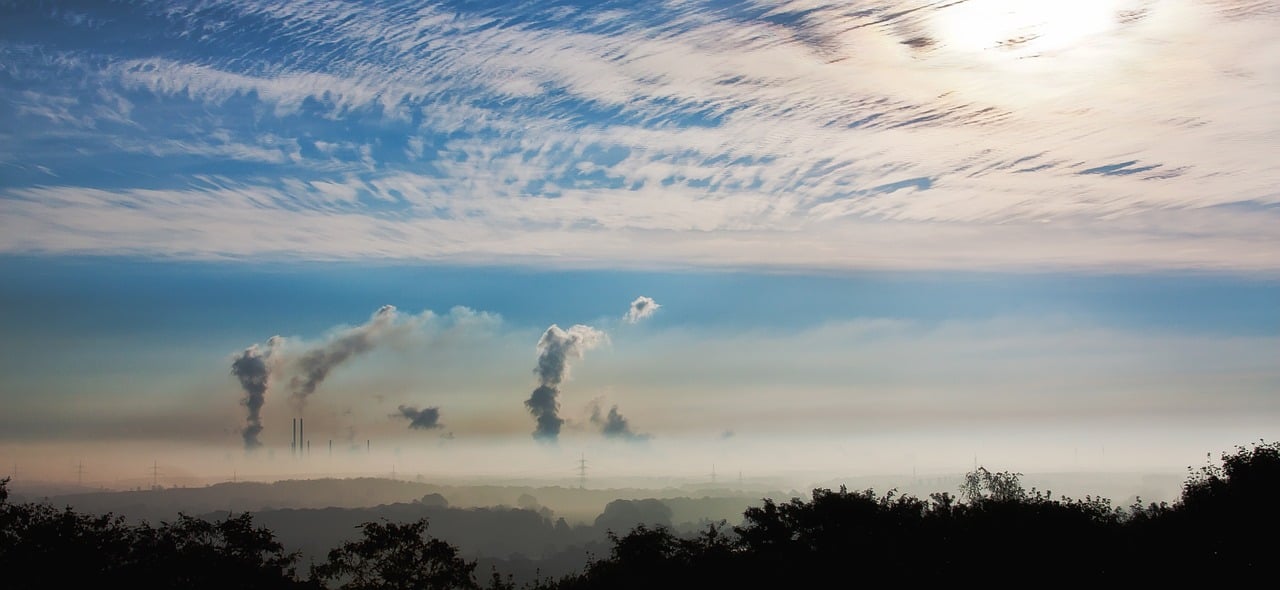Data from the Mauna Loa Observatory in Hawaii showed that CO2 levels in the atmosphere today reached a value of over 415 parts per million (ppm). This value is extremely worrisome because it measures higher than any other point in the last 800,000 years, which is well before the evolution of homo sapiens, or modern humans.
This is the first time in human history our planet’s atmosphere has had more than 415ppm CO2.
Not just in recorded history, not just since the invention of agriculture 10,000 years ago. Since before modern humans existed millions of years ago.
We don’t know a planet like this. https://t.co/azVukskDWr
— Eric Holthaus (@EricHolthaus) May 12, 2019
It’s no secret that the values of CO2 levels in the atmosphere caused a lot of shock and concern on the internet. One of the first people to share their reactions regarding the measurement was a meteorologist Eric Holthaus, who said that the new high has never before been seen, not only in human history, but in a few million years.
The new highest level became available to the public on Sunday when the Scripps Institution of Oceanography shared it. This organization is responsible for measuring the CO2 levels in the atmosphere along with a group of scientists from the National Oceanic and Atmospheric Administration.
Thinking about Mother Nature today. As of this morning, her CO2 concentration topped 415 ppm for the first time in many many millions of years. https://t.co/bwTfOsS1ZO pic.twitter.com/Gut9vidLoa
— Bill McKibben (@billmckibben) May 12, 2019
The measurements started along with the program in 1958 by Charles David Keeling, after whom the Keeling Curve, a CO2 graph, was named. According to a study in the Philosophical Transactions of the Royal Society A, during the Pliocene Epoch, 3 million years ago, temperatures were two to three degrees Celsius warmer than today. At that time, CO2 levels were around 310 to 400 ppm. Now, with increasing emissions of greenhouse gases, the carbon dioxide level has reached its highest point in the last 800,000 years.
During the Pliocene Epoch, the Arctic was covered in trees, while the summer temperatures in the Arctic reached around 60F degrees. The global sea levels were also much higher, being at least 82 feet higher than they are today.
The high CO2 levels in the atmosphere are mainly a result of humans burning fossil fuels, deforestation, releasing high amounts of carbon dioxide and methane into the atmosphere and much more. This human activity has led to carbon emissions being so high that the heat stays trapped close to the surface, resulting in even higher surface temperatures around the world. This could have huge consequences to humanity and nature.
Climate change can cause flooding and weather fluctuations like cyclones and typhoons to increase, compromising the coastal communities. Animal life would also suffer, with many species guaranteed to disappear. According to CNN, the climate change could lead to higher mosquito populations which would expose us to greater risk from malaria and other diseases which can be transmitted in contact with mosquitoes.
These dreaded consequences of high CO2 levels in the atmosphere aren’t new to us. Experts have been warning us for years, urging governments around the world to take action to reduce the effects of climate change. However, there could be a glimpse of hope in the generations to come. Many organizations are urging their governments to act, including teaching students in schools. There was a recent study, published in the journal Nature Climate Change, conducted at a middle school, to showcase the growing risks of human-induced global warming.





